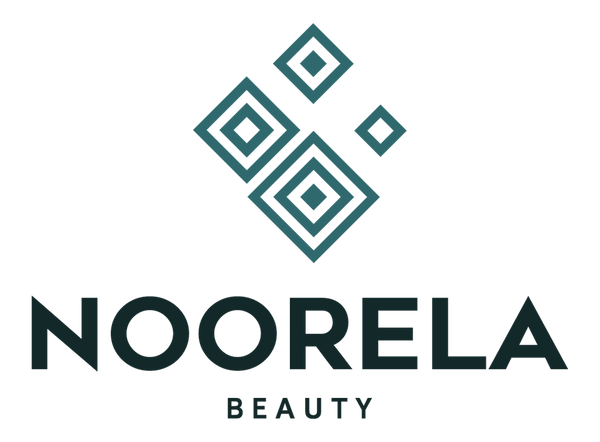
How to Clean a Makeup Brush: A Simple Guide That Actually Works
Keywords: how clean makeup brush, cleaning makeup brushes, makeup brush hygiene, clean beauty tools
Why Bother Cleaning Your Makeup Brushes?
Let’s face it—most of us are guilty of skipping this step. Maybe you’re rushing in the morning, maybe you just forget, or maybe you’re wondering: Does it really matter that much? The answer is yes. Dirty makeup brushes don’t just affect your makeup—they affect your skin.
Understanding how to clean a makeup brush properly can prevent breakouts, extend the life of your tools, and improve product performance.
What Happens When You Don’t Clean Your Brushes
Before we dive into how to clean them, let’s talk about what happens when you don’t:
-
Bacteria builds up: Especially with cream or liquid products.
-
Clogged pores: Old makeup and oil transfer back to your skin.
-
Patchy application: Dirty brushes don’t blend well.
-
Bristle damage: Product buildup makes them stiff and uneven.
If your skin’s been acting up lately, your brush might be to blame.
How Clean Makeup Brush Tools at Home: No Fancy Gear Needed
You don’t need a high-end cleaner. In fact, you probably have everything at home.
What You’ll Need:
-
A gentle soap (baby shampoo or unscented dish soap works well)
-
Olive oil (optional—for deep cleansing foundation brushes)
-
A clean towel
-
Lukewarm water
Step-by-Step Breakdown:
-
Wet the bristles (not the handle—this can loosen the glue over time).
-
Add a small drop of soap to your palm or brush-cleaning pad.
-
Gently swirl the brush in circles to work up a lather.
-
Rinse thoroughly under lukewarm water. Repeat if needed.
-
Gently squeeze out excess water with a towel.
-
Reshape the bristles to their original shape.
-
Lay flat to dry, ideally with the bristles hanging off the edge of a counter.
🔁 Repeat once a week for brushes used with creams/liquids. Every two weeks for powders.
Pro Tips for Cleaning Different Brush Types
Different brushes need slightly different care. Here’s a quick breakdown:
Foundation Brushes:
These get the dirtiest, fastest. Use a mix of dish soap + olive oil to break down heavy buildup.
Eyeshadow Brushes:
If you’re switching between colors often, clean them with micellar water between uses and do a full wash weekly.
Blush & Powder Brushes:
These don’t get as dirty, but they still need a gentle cleanse every 1–2 weeks to avoid product layering.
Beauty Sponges:
Soak in warm soapy water, squeeze repeatedly until the water runs clear. Let dry fully before next use.
Common Mistakes to Avoid
-
Using hot water: It can damage bristles and loosen glue.
-
Drying brushes upright: Water can drip into the handle and rot it from the inside.
-
Skipping cleaning entirely: We’ve all been there. Set a reminder. Your skin will thank you.
How Clean Makeup Brush Habits Help Your Skin
Clean tools = clearer skin. It’s really that simple.
Regular cleaning removes not only leftover makeup but also oils, sweat, and bacteria. If you're struggling with acne, rosacea, or sensitivity, this small step could be your game-changer.
Plus, your products will perform better. Powders apply more evenly. Creams don’t streak. That $60 foundation? It finally looks like it should.
Final Thought: Keep It Real, Keep It Clean
You don’t need to deep-clean your kit every day. But knowing how to clean makeup brush tools properly—and doing it regularly—makes a noticeable difference.
Clean brushes don’t just protect your face. They make makeup easier, smoother, and more enjoyable.
So next time you’ve got 10 minutes and some warm water? Go show your brushes some love.
Meta Description: Wondering how to clean makeup brushes the right way? This easy, realistic guide walks you through what to use, how often to clean, and why your skin depends on it.
Hashtags: #HowToCleanBrushes #MakeupBrushCare #CleanBeautyRoutine #MakeupTips #NoMoreBreakouts
